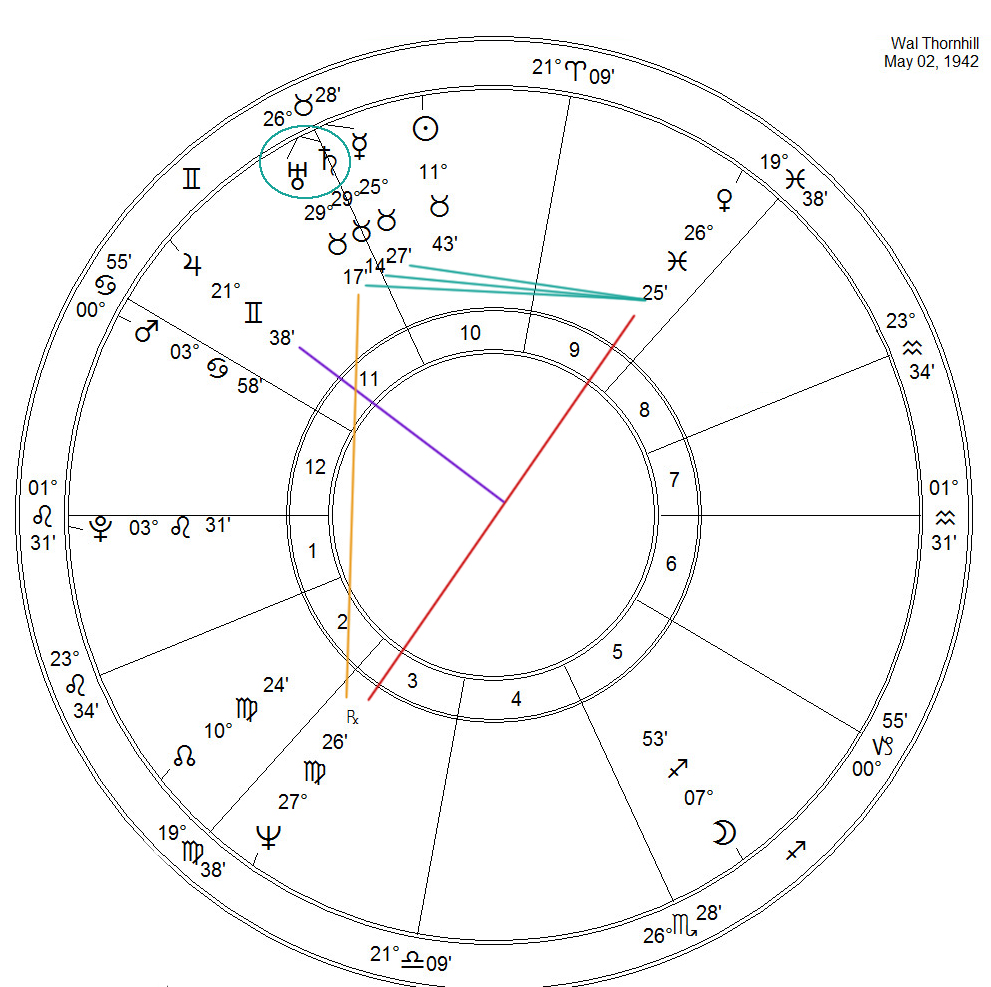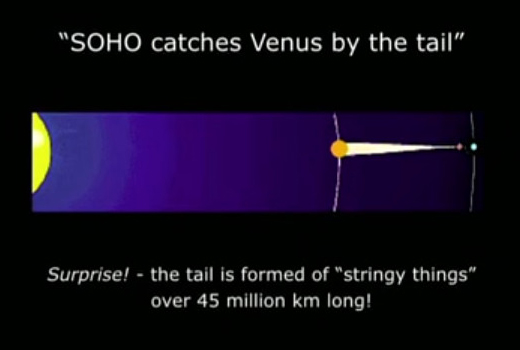 Ancient civilizations observed the night skies with awe and wonder on a nightly basis. They had no distractions from the starry vault by televisions, cell phones, computers and other digital devices. They dedicated their time to a comprehensive understanding of the movements of the stars, planets and other heavenly phenomena. Observatories were common in their cultural centers with remnants of them remaining as a physical record of their highly sophisticated celestial calculations.
Ancient civilizations observed the night skies with awe and wonder on a nightly basis. They had no distractions from the starry vault by televisions, cell phones, computers and other digital devices. They dedicated their time to a comprehensive understanding of the movements of the stars, planets and other heavenly phenomena. Observatories were common in their cultural centers with remnants of them remaining as a physical record of their highly sophisticated celestial calculations.
El Caracol, the crumbling observatory tower at Chichen’ Itza’ in Mexico reaches far above the Yucatan jungle and was the means by which ancient Maya astronomers viewed the sky to track solstices, equinoxes and eclipses and specifically the orbit of Venus. The Maya recorded their findings in books, although most were destroyed during the European conquest in the first millennia. One of the surviving three ancient texts called Codices tells of the 26,000-year cycle using the long-count calendar. There is no doubt that sky observation dominated the minds of the Maya during their classical period.
The priests and noble classes of past cultures used astronomical activity as a means of dominance over the lives of the masses they ruled. The predictable synchronicity between activities on Earth as they correspond to celestial conditions and planetary cycles gave the astronomer/astrologer priests a preview of coming events. This foreknowledge was used to prove to their subjects the powers they held in the scheme of daily life. They assigned the planets godlike attributes based on their longtime observations of its effects on nature and humanity. Since astrology developed over a vast period of time it became known as an empirical science.
The astrological name for the interrelationship of energies between planets in the solar system and their potential to affect human experience is called an aspect. Astrological aspects are defined by the mathematical configurations of the ten planets (Sun and Moon included) as they communicate with each other in their cyclical orbits. The planets are viewed from a geodesic perspective because our experience is Earth-centered. The five primary geometric aspect relationships are called major aspects. They are a separation of their orbits in terms of the Conjunction at 0 degrees, the Sextile at 60 degrees, the Square at 90, the Trine at 120, and the Opposition at 180 degrees. apart.
There is a 10-degree allowance of orb for the planets, 12.5 for the Moon and a 17-degree allowance for the Sun. A Sextile for example can be active when planets are 70 degrees apart. There are also a myriad of minor aspects that become pertinent when a chart reading necessitates an examination of more subtle personal capacities.
The chart of physicist Wal Thornhill, the founder of The Thunderbolts Project is shown with lines connecting planets in major aspect. The mathematical division of the circle defines the way the core planetary spheres and their electromagnetic fields interconnect. These geometric relationships describe the unique characteristics of an individual or group entity. It is not numbers or math that endow the planets with power to influence our lives, it is their electrical activity that penetrates the Solar System as a whole. The planetary forces exert their objectives as they activate the potentials of the horoscope through temporary transits and developmental progressions.
In Symbols of an Alien Sky, at 52:10 of the YouTube video, Wal Thornhill states,
In an electric solar system, if two planets or moons approach each other from regions of different potential, an electric discharge will occur producing plasma formations stretching between the approaching bodies.
At 34:32 in the YouTube Video, An Electric Cosmology for the 21st Century, Wal Thornhill states,
The Solar System has currents flowing through it, and there are currents flowing between planets at certain times. In this case Venus.
The diagram below shows Venus in an inferior conjunction alignment with the Sun and Earth. There is a visual energy trail from Venus caused by the Sun. This effect was photographed by the SOHO spacecraft.
Innate within these plasma formations is the intelligent spark of life and consciousness. Circled in green are two planets in Thornhill’s horoscope that were in extremely close contact at the hour of his birth. Although Thornhill’s exact time of birth is not known to this astrologer, there is no doubt that the slowly orbiting planets, Saturn and Uranus, were making this very tight conjunction aspect on May 2, 1942. This is an extraordinary connection between these two planets as they are within 3 minutes of exact conjunction. It is also in a special zodiacal position in the heavens known as the Pleiades. (1) It is a group of stars also known as the Weeping Sisters or the Seven Sisters. This group of stars is known to be in one of the nearest constellations to Earth and many cults from ancient times to the present have developed a belief in its profound and sometimes ominous effects on humankind.
On the other hand, the star group is believed to bring great wisdom and knowledge to anyone born under its influence, and it is also believed to be the source of knowledge channeled from several “non-corporal” entities. Regardless of myths and cults associated with 29 degrees Taurus, the conjunction aspect in Thornhill’s chart endows him with a potential for deep Saturnian wisdom coupled with Uranian higher consciousness.
Often these two planets are seen to be diametrically opposed in their characteristic and meaning. Saturn is conscience. Its sensitiveness gives rise to moral considerations and socially acceptable behavior. The planet’s transits and progressions give opportunities for the native to conform to common customs. If guilt is felt for wrongdoing, a subsequent period of regret and a change of heart is required to assuage conscience. It is the opposite in regard to the trailblazer Uranus. Known as the Promethean impulse, it has the capacity to break free of the common restraints and boundaries for which Saturn is known. It paves new ground and feels justified and responsible for creating new paradigms. 
These differing energies in Thornhill’s chart seem to work well together in a blend of tradition and innovation. What might have been a youthful internal ambivalence becomes in maturity a Saturn steadying of focus on the Uranian iconoclastic approach Thornhill developed. His challenge to generations of scientists bogged down in outdated cosmologies helps promote his hypothesis of the more realistic Electric Universe.
The birthright and potentials of the Saturn/Uranus conjunction include a generation of individuals born during the same year as Thornhill. The slow-moving duo lasted throughout the entire year of 1942 and what makes this conjunction so significant for Thornhill is its exactitude and relationship with several other supporting planets at the time.
The Saturn/Uranus Conjunction potential is further understood through an examination of their keyword definitions. Saturn’s keyword is Sensitiveness and Uranus has the keyword Independence. Thornhill broke away from established academia because of an overriding sensitiveness and dedication to the facts he was able to uncover in his pioneering search. Uranus’ keyword when it is prominent in a horoscope takes on a different and more fascinating keyword, Experimentative. Thornhill relies on laboratory experimentation to explain and validate imagery and observations of outer space.
Mercury conjunct Saturn and Uranus bring added meaning with its keyword Inquisitive. This points to Thornhill’s probing Mentality (another Mercury keyword). The Sun too is conjunct in this grouping in Taurus and creates a Stellium in Sign. The four together amplify the meaning of Taurus which is an earth sign and element and is representative of the physical properties of the cosmos. The Sun’s keyword is Purpose and its position is exactly 17 degrees apart from Saturn/Uranus. It makes a conjunction with the two at the widest separation allowable. The Stellium, a Focal Determinator in the chart, points to an important feature of the natal chart. It would be interesting to know the exact placement of the Moon and how it might enter into the chart dynamics but that is only possible when the exact time of birth is known.
The Green lines pointing from Venus to the triple Conjunction of Mercury, Saturn and Uranus reveal the multiple sextiles at birth. The sextile aspect is a derivation of the triangle which denotes in astrology an ease in connecting with people and receiving their assistance. Venus’ benefic effects then add Appreciation to the already stacked potentials for rewarding and supportive experience via the multiple sextiles. The chart’s challenging stresses come from the opposition of Venus to Neptune shown with a red line connecting them. However, this polarization gives rise to another Focal Determinator of importance. It is Jupiter in a symmetrical 90-degree aspect to both Neptune and Venus. This 90-degree angle to the 180-degree opposition is shown with the red and purple lines is called a T-Cross. The configuration forms the letter T, whether it is right side up, on its side or upside down. The planet that creates the stem of the T is considered in Point Focus. This planet becomes the release and outlet for the more static opposition. It stems from and is the point through which the energy intelligence flows and has its potential expression. It becomes a powerful force by being sparked and energized by the electrical charges it receives from the planets in the polarizing opposition. Jupiter, the Point Focus of the T-Cross takes on the keyword Paternal with Jupiter revealing the guiding propensity in the native’s character. Thornhill wishes to spread the truth of the Electrical Universe and with the help of Point Focus Jupiter, he does so by “adopting” those underlings he deems worthy of his enlightened message.
The Pleiades are to the solar system the source of electrical energy and, just as our sun is the embodiment of the heart
or love aspect of the Logos . . . . , so the Pleiades are the feminine opposite of Brahma.
A Treatise on Cosmic Fire by Alice Bailey
From the American Federation of Astrologers:
The Babylonians are generally credited with the birth of astrology. Their astrological charts enabled them to predict the recurrence of seasons and certain celestial events. So in the beginning and for more than 2,000 years, astrology and astronomy were the same science.
Babylonian astrology was introduced to the Greeks early in the 4th century B.C. and, through the studies of Plato, Aristotle, and others, astrology came to be highly regarded as a science. It was soon embraced by the Romans (the Roman names for the zodiacal signs are still used today) and the Arabs and later spread throughout the entire world.
While earliest astrology was used to bring a sense of order out of apparent chaos, it was soon utilized to predict weather patterns, primarily for agricultural purposes. It was eventually broadened to include forecasts of natural disasters and war and other events in the course of human affairs. Amassing successes in these fields, it was a natural progression for astrology to be used as counsel for kings and emperors and, in time, for all of us.
*From A Treatise on Cosmic Fire by Alice Bailey
The Pleiades are to the solar system the source of electrical energy and, just as our sun is the embodiment of the heart or love aspect of the Logos . . . . , so the Pleiades are the feminine opposite of Brahma. (The third aspect. Page 156.)
The repetition of the symbolic harvest time theme in the chart is notable. There is the reference to a harvest dance in Jupiter’s original symbol of 22 degrees Gemini, as well as with Venus’ 27 degree symbol, A harvest Moon.
**GEMINI 22 A barn dance This is a symbol of complete self-fulfillment through the established or normal activities of the community at large, and of a consummation of self by the broadest possible participation in the divisions of labor which constitute a human society. Richness of living comes from an uninhibited sharing of everyday potentialities, together with a maximum of happy give-and-take between any one individual and any other. The keyword is GREGARIOUSNESS. When positive, the degree is an ability to plunge into major and rewarding experiences without the least self-reservation, and when negative, a dependence on superficialities for self-satisfaction and on petty indulgences for self-assurance.
***PISCES 27 A harvest moon This is a symbol of life’s moments of culmination as the threshold of new achievement rather than as any canceling out of experience in the given aspect, and it emphasizes the fact that nature in her immeasurable prodigality is forever showering man with the products of her untiring creativeness. She is saying to him that his productivity is as rich as hers, and that the highly concentrated resources of the world are at the immediate service of anyone who will put them to use and so facilitate their replacement. The keyword is BENEDICTION. When positive, the degree is self-consummation which is successful beyond any possibility of measure, and when negative, loss of self in a welter of opportunity.


